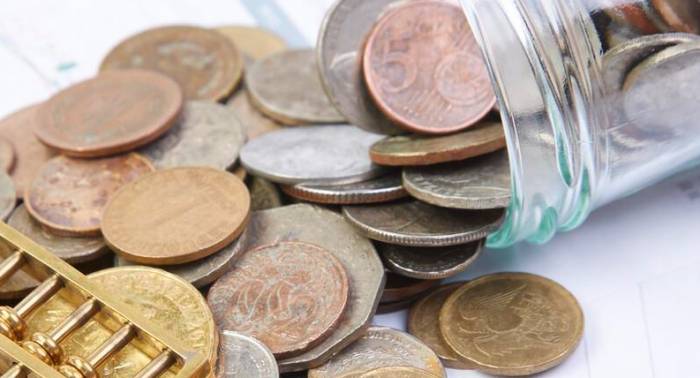Global Dollar Resistance: New Currency Era Begins
Brazil from South America is increasingly inclined towards the Chinese yuan, which is akin to a fire in the backyard for the US dollar.
At the same time, Asia may follow the model of the euro and establish a unified regional currency for Asia.
Two months ago, South America had already begun preparations for a South American dollar.
A major counteroffensive against the US dollar has already started, with countries around the world actively working to de-dollarize their currencies.
The United States has always treated South America as its own backyard, and under its deliberate guidance, some countries have even become sources of resources and agricultural products for the United States.
However, with Brazil and Argentina's joint participation, South America is planning to introduce a unique South American dollar in the future, and trade among South American countries will completely abandon the US dollar and use the South American dollar for settlement.
Moreover, Brazil claims that future trade with China will also bypass the US dollar and use their own currencies for settlement.
Due to Brazil's significant demand for the yuan in future trade, the proportion of the yuan in Brazil's foreign exchange reserves is increasingly high and has already become the second place, only behind the US dollar, pushing the euro to the third place.
Advertisement
It is believed that the nearby South American dollar poses a significant pressure on the US dollar.
After World War II, the US dollar has been the dominant currency in the international monetary system, and trade and economic transactions among countries around the world have been settled using the US dollar as an intermediary currency.
In the past decade or so, the global foreign exchange reserves of the US dollar have been declining, but it still maintains the first place.
However, with the gradual trend of multipolarity in the world, the decline of the US dollar is inevitable.
The United States has been using the US dollar to exercise hegemony over the world, repeatedly harvesting global wealth in financial crises, and countries are inevitably realizing that the US dollar is damaging their national interests, it's just a matter of time.
Therefore, today, there is a wave of de-dollarization.
The euro, backed by the European Union, has a certain ability to counter the US dollar.
However, after the European crisis, the economic development of the European Union has been in a state of depression, with GDP being surpassed by the United States.
Not only that, in 2022, the United States used the interest rate hike of the US dollar to devalue the euro, harvesting many benefits of the European Union.
Now, taking advantage of the financial turmoil in the United States, the European Central Bank is raising interest rates more significantly than the United States, leading to a substantial appreciation of the euro against the US dollar.
We can see this as a counteroffensive of the euro.
At the same time, another super currency may be born in Asia.
Malaysian Prime Minister Anwar has just completed a visit to China and proposed the establishment of an Asian yuan during his visit.
The economic situation in Asia is already sufficient to support trade in non-US dollar currencies and thus break away from dependence on the US dollar.
Anwar recalled that in the 1990s, he had considered this issue, but at that time, people thought the US dollar was a necessary currency.
Now, we have the favorable conditions to establish an Asian Monetary Fund and to carry out trade activities based on local currencies in Asia.

Anwar also pointed out that Malaysia is negotiating with China on the issue of settlement in local currencies.
Many countries from Southeast Asia and ASEAN hope to create a "new group" independent of the United States and unaffected by the United States, so as to avoid the harvest of the US dollar.
The oil-producing countries from the Middle East are also trapped by the constraints of the US dollar and are working hard to carry out oil settlement in non-US dollar ways.
South Asian India is also reducing the use of the US dollar and using the rupee for settlement with other countries.
Last week, trade between Malaysia and India could already be settled in Indian rupees.
The trend of de-dollarization has become a tide in Asia, and the time to introduce a new Asian currency is gradually maturing.
Leave A Comment